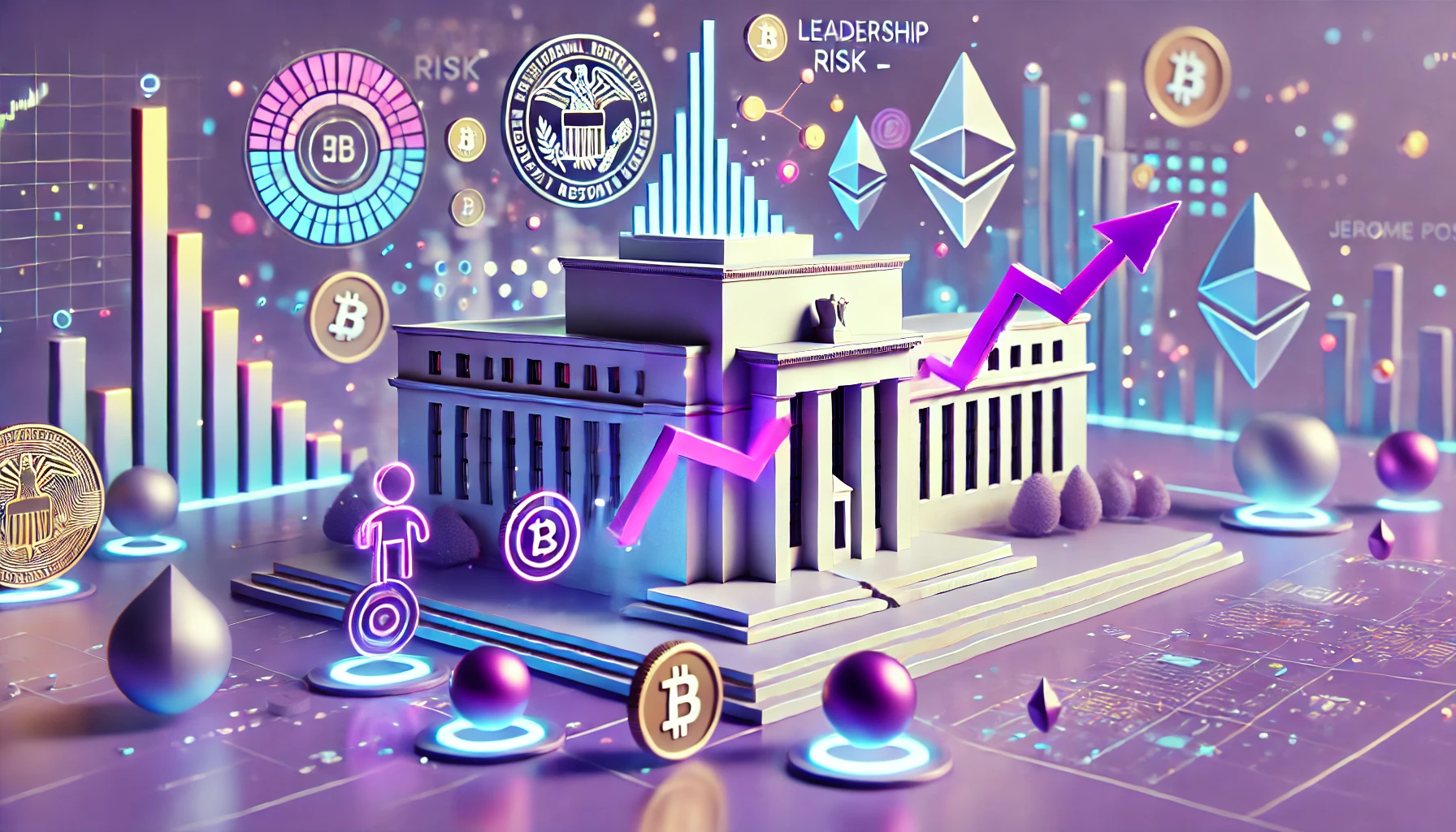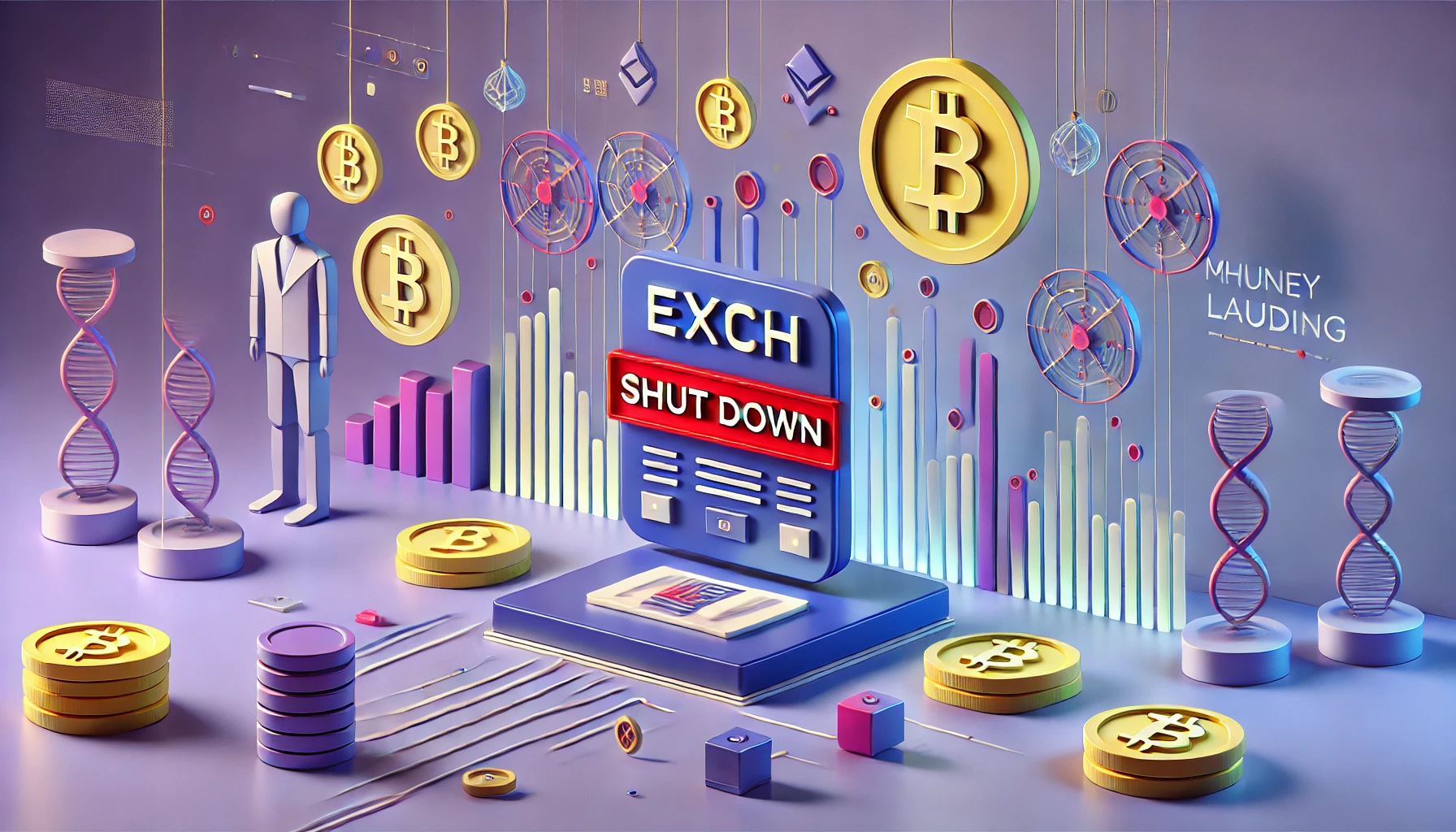Financial markets can be volatile, with prices constantly fluctuating according to economic news, company announcements and geopolitical events. But sometimes these fluctuations can be very rapid and pronounced, resulting in massive losses for investors. This is known as a flash crash.
Definition of a flash crash
A flash crash is a sudden, sharp fall in the price of a financial asset, followed by a rapid recovery. Flash crashes are often caused by mass selling of financial assets by panicked investors, which can be triggered by a variety of factors, such as technical problems, rumors or unexpected announcements.
Causes of crash du flash
Flash crashes are a complex, multi-factorial phenomenon, which can have multiple causes. Technical errors are one of the main causes of flash crashes. Computer systems can experience failures, breakdowns, bugs or programming errors that can lead to extreme and uncontrollable price movements.
Latency in data exchange is also a frequent cause of flash crashes. Latency refers to the time it takes for information to move between the various computers and servers that make up the financial markets. If latency is too great, this can lead to rapid and unpredictable price movements, which can cause significant losses for investors.
Unforeseen geopolitical events are another frequent cause of flash crashes. Wars, political crises, natural disasters and similar events can cause panic in financial markets, leading to massive asset sales and sudden, sharp price falls.
Consequences of flash crashes
Flash crashes are events that can have far-reaching consequences for financial markets. When asset prices fall suddenly and rapidly, this can result in massive losses for investors. Investors with long positions in the affected assets may face significant losses, while investors with short positions may realize substantial profits.
Flash crashes can also trigger massive asset sales, as investors seek to exit their positions quickly to limit their losses. This can cause prices to fall even faster, as the supply of assets on the market increases and demand decreases.
Examples of flash crashes
The most famous and largest flash crash to date occurred on May 6, 2010. On that day, the Dow Jones Industrial Average (DJIA) suffered a spectacular drop of almost 1,000 points in just a few minutes. The market experienced extreme volatility, with swings of several hundred points in just a few seconds. This rapid fall in prices caused panic among investors, who sold assets en masse to limit their losses.

Dow Jones Industrial Average (DJIA).
This event raised many questions about the causes of this spectacular fall. Regulators investigated the transactions that took place during the event, and ultimately concluded that algorithmic trading errors were to blame for the price fall. These trading algorithms had detected high volatility in the market, triggering massive sell orders and rapid price movements.
In 2016, sterling also experienced a major flash crash. The British currency plummeted by over 6% in less than two minutes, causing high volatility in the financial markets. This price drop was attributed to growing concerns over Brexit, as well as a weak foreign exchange market.
Flash crash prevention measures
Financial regulators have taken steps to prevent flash crashes, which can have far-reaching consequences for financial markets and investors. The Securities and Exchange Commission (SEC) is one of the main regulatory agencies for financial markets in the USA, and has put in place rules to limit extreme price movements on financial markets.
For example, the SEC introduced “circuit breaker limits” in 2010, after the flash crash in May of that year. These limits were designed to reduce excessive stock price volatility by temporarily halting trading when prices rise or fall sharply. Circuit breaker limits were extended in 2012 to include trading in benchmark indices.
In conclusion, flash crashes are sudden, unforeseen events that can cause excessive price volatility on financial markets. The causes of flash crashes are manifold, ranging from technical errors and latency problems in data exchanges to geopolitical events and unfounded rumors. The consequences of flash crashes can be severe, ranging from massive losses for investors to corporate bankruptcies.














